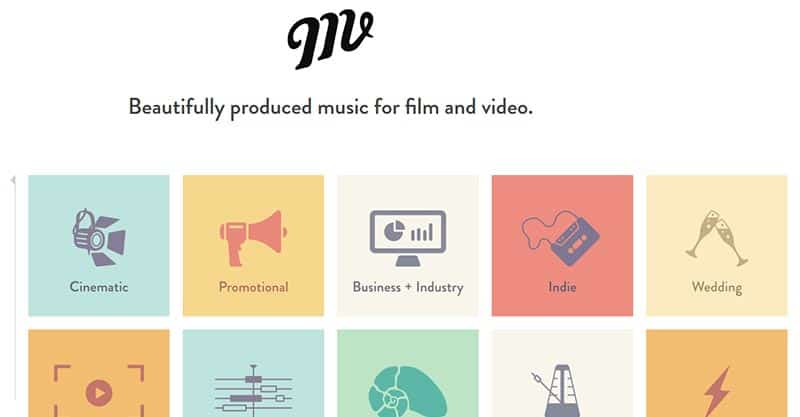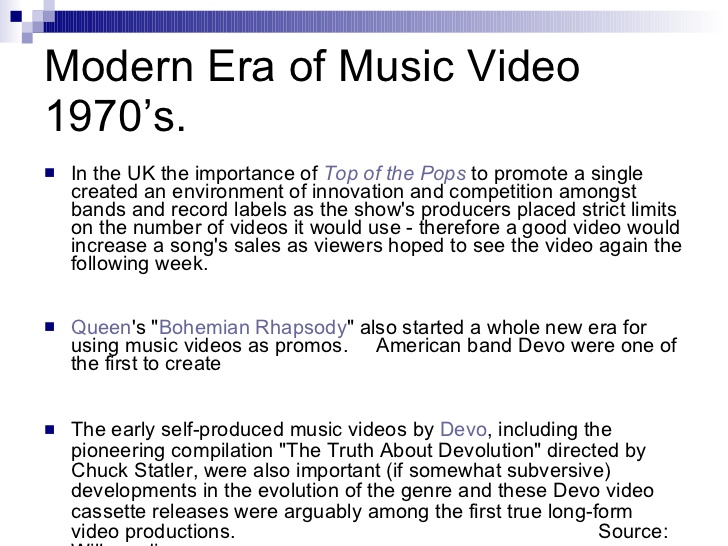[ad_1]
The music industry revenue has encountered steadier growth for the past decade and the experts projected it will stay in that course for the foreseeable future. The numbers may spike up with the growing popularity of streaming among the younger generation. As the physical sales wane in the turn of 2010, other means of sales had emerged and millions of independent musicians turned to licensing their music in hopes to monetize their work. The internet paved the way for more business opportunities and almost all of them require music content. There are more music revenues to be collected compared a decade ago as we have more TV show, ads, commercials, campaigns, video games, movies, films, establishments and companies today. Every single industry needs music content to operate in order to appeal to the public. It is part of their marketing plan and these industries require the services of music licensing companies to facilitate such needs.
As a matter of fact, the US music industry revenue for 2015 rose 0.9% to haul in $7 billion dollars. The RIAA also announced that streaming has overtaken the digital and physical sales of music for the first time, rising from 27% in 2014 to 34% in 2015. The streaming sales went up by a mere 29% in 2015. Digital sales fell from $2.58 billion in 2014 to $2.33 billion in 2015, a 9.6% decline. With the rise of streaming, the physical sales suffered the most downward spiral as it only accumulated $1.9 billion sales, 10% of sales in the US. This was not the case 10 years ago as physical sales dominated the music industry.
The big chunk of those comes from performing rights organizations and music licensing companies. These companies license the music of their members and distribute it to different industries across the country. There are three performing rights organizations for musicians across the US and they are ASCAP, SESAC and BMI.
The American Society of Composers, Authors and Publishers (ASCAP) is a not-for-profit performance rights organization which protects its members’ musical copyrights by monitoring the public performances of their music. This organization was launched in 1914, making it the oldest among the three. They compensate their members basing on the live and public performances of their music of other sectors.
As of 2015, ASCAP has licensed over 500,000 songwriters, composers and music publishers. In the year 2014, it has collected over $941 million dollars in licensing fees and distributed $828.7 million in royalties to its members. ASCAP is charging $50 fee as a writer and $50 fee as a publisher to become a member. In order to collect your publisher’s share of royalties as an ASCAP member, you need to have an ASCAP publishing company.
Broadcaster Music, Inc. (BMI) is a performing rights organization in the US. This organization was established in 1939. It collects license fees on behalf of its members and distributes them as royalties to songwriters, composers and music publishers whenever their work is used in live or public performances. In 2015, BMI has collected has more than $1.013 billion dollars in licensing fees and distributed over $877 million dollars in royalties to its members. BMI is representing 8.5 million musical works created and owned by more than 650,000 members. In order to be a member, BMI has a $150 fee for publishers. However, they won’t collect any fee for songwriters. You do not need a publishing company to collect your publisher’s share of royalties at BMI.
Society of European Stage Authors and Composers, commonly known today as SESAC, is also a performing rights organization in the US. SESAC was first operated in 1930, the second oldest among the three. Unlike ASCAP and BMI, SESAC members must be approved or recruited to join their organization. It does not have an open membership. They represent over 400,000 songs on behalf of its 30,000 affiliated writers. SESAC also retains an undisclosed amount of performance royalty income from its members.
These organizations collect royalty fees to industries that are using the work of their members. They distribute the royalties collected back to their members. A royalty fee is the payment collected by one party from another for the ongoing use of a copyrighted asset. For example, if a song of their member is played in TV shows, movies or ads, they will collect the royalty and distribute it back to their member who is the copyright owners of music used. There are also different kinds of music royalties which you need to remember.
Mechanical Royalty – Mechanical royalty are royalties paid to a songwriter whenever a copy of one of their songs is made. This royalty is paid by record labels or to those who are in charge of releasing the albums of the songwriters.
Performance Rights Royalty – Performance rights royalty is a royalty paid to a songwriter on a live performance of a song. Aside from a song used in live performances such as city events, parades, etc., a live performance can also be a public playing of a recorded song such as radio play, TV commercials, advertisements and more. Blanket license is also used to hand out a large amount of music for an agreed period of time. This usually occurs in cases where individual song licenses would be difficult to manage. Blanket licenses are used by performance rights societies to give license applicants access to the entire album or songs of their members.
The usual split between musicians and these companies are 50/50 while others are 60/40. The percentage of the split is normally negotiable to benefit both parties involved.
There are also other means of compensation from the usage of music content. These are called sync fees. A Sync fee is a license granted by a holder of a copyrighted music to allow a licensee to synchronize music with visual media. Visual media are composed of TV shows, films, movies, ads, commercials, websites, video games, etc.
Sync fees are usually paid upfront and negotiated thouroughly basing on the usage of asset. For example, if a car company need music content for an upcoming commercial, they will actively look out for songs that could possibly fit with what they are trying to accomplish. The need is immediate and the compensation is also upfront. Sync fees can range from a few dollars up to thousands, depending on the content. Some packages are one time fees and others are base on airtimes or usage.
There are other parties involve in collecting royalties such as music publishing companies. Music publishing companies are in charge of making deals with songwriters and composers. They promote the songs of their songwriters and composers to musicians and to anyone else who may need music content such as films, TV commercials, etc. They also issue licenses for the use of the songs they represent and collect licensing fees.
A lot of music publishers are hands on regarding about the distribution of work which are made by songwriters and musicians. Music publishers possess a wide experience about what to do and they will have a great list of contacts in order to promote songs to the maximum number of potential licensees and negotiate the payment and usage of each asset.
Most have internal connections or are subscribed to specific industries and other services that give them early tips or indications if someone is looking for music content for any particular project. They are also aware of industry resurgence and influx of new or old industries that needs music content. Music publishers are always on the lookout for new sources of income in this technology driven world.
If you are a songwriter or an independent musician, you should get your music licensed. Not only it is important, it also saves you time to solely focus on your passion and let the others handle all the complex stuff in music licensing. Some of the music licensing companies also act as an advisor and critic, thus learning more stuff could really enhance your chances of hitting it big locally or nationally.
Now is a great time monetize and share your work to others so you can’t let this opportunity pass. The music industry is constantly evolving and reaching new heights of in terms of revenue. You should evolve with them by making quality music and widening your craft at the same time.
You can have more information about music licensing companies together with my personal top 50 music licensing companies across the US by watching my free video training course at http://silverscreenmusician.com. See you there!
[ad_2]





